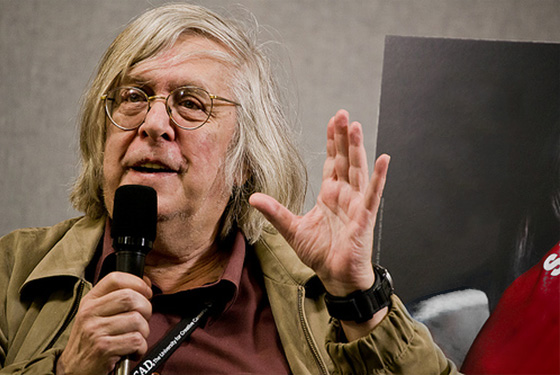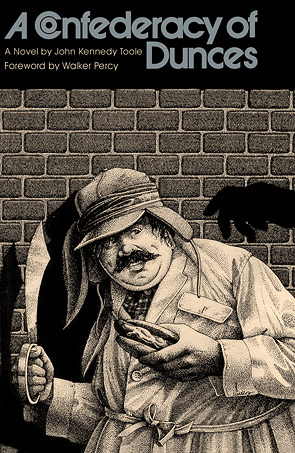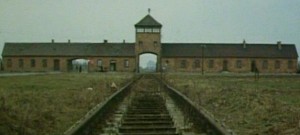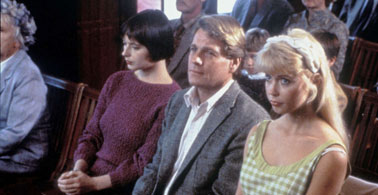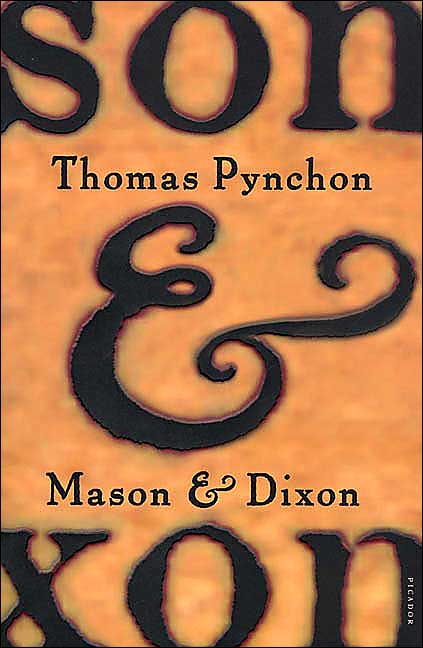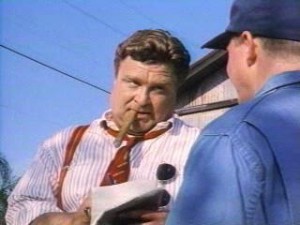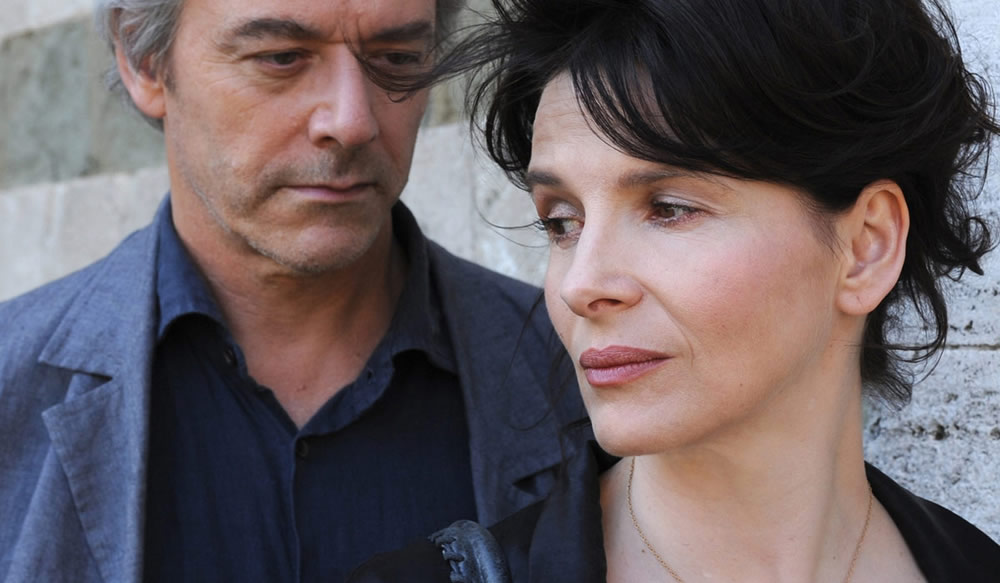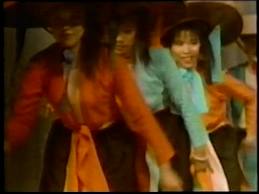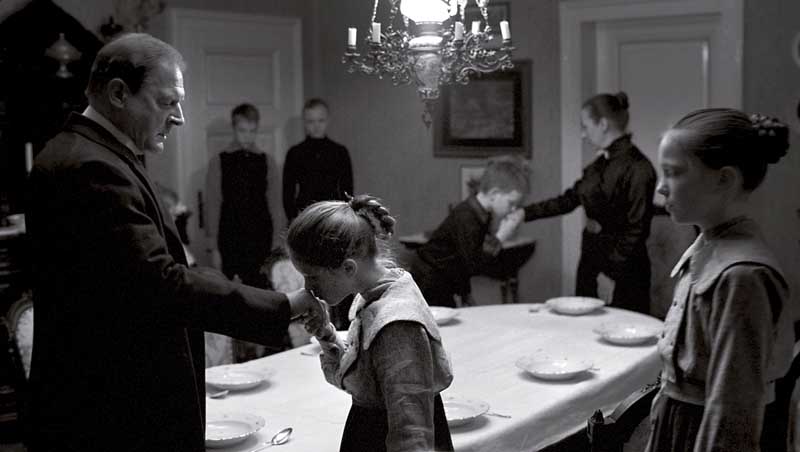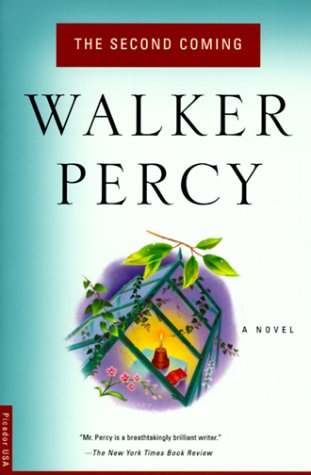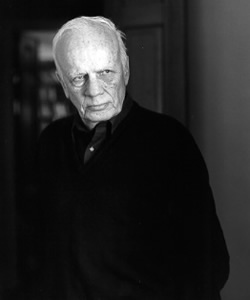This defense of what I consider Robert Altman’s most neglected major work appeared in the May 8, 1998 issue of the Chicago Reader. I’ve deliberately refrained from including any stills from Kansas City — its “parent” film, which I continue to dislike. — J.R.
Jazz ’34: Remembrances of Kansas City Swing
Rating *** A must see
Directed by Robert Altman
With Jesse Davis, David “Fathead” Newman, Ron Carter, Christian McBride, Tyrone Clark, Don Byron, Russell Malone, Mark Whitfield, Victor Lewis, Geri Allen, Cyrus Chestnut, James Carter, Craig Handy, David Murray, Joshua Redman, Curtis Fowles, Clark Gayton, Olu Dara, Nicholas Payton, James Zollar, and Kevin Mahogany.
The best Robert Altman feature in more years than I care to remember isn’t playing at a theater anywhere. A shortened version aired on PBS’s “Great Performances” series last year, but the movie only recently came to my attention when a video copy (distributed by Rhapsody Films) arrived in the mail. A fascinating adjunct to Altman’s much more ambitious and much less successful Kansas City (1996), Jazz ’34: Remembrances of Kansas City Swing is one of the best jazz films I’ve ever seen. It’s what its parent film promised but failed to deliver — all the more interesting because it’s neither a documentary nor a narrative but an eccentric hybrid. Read more
